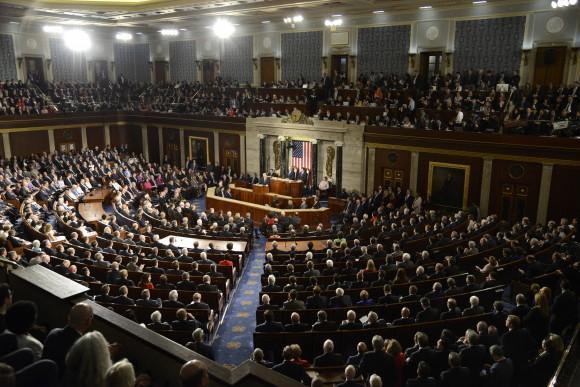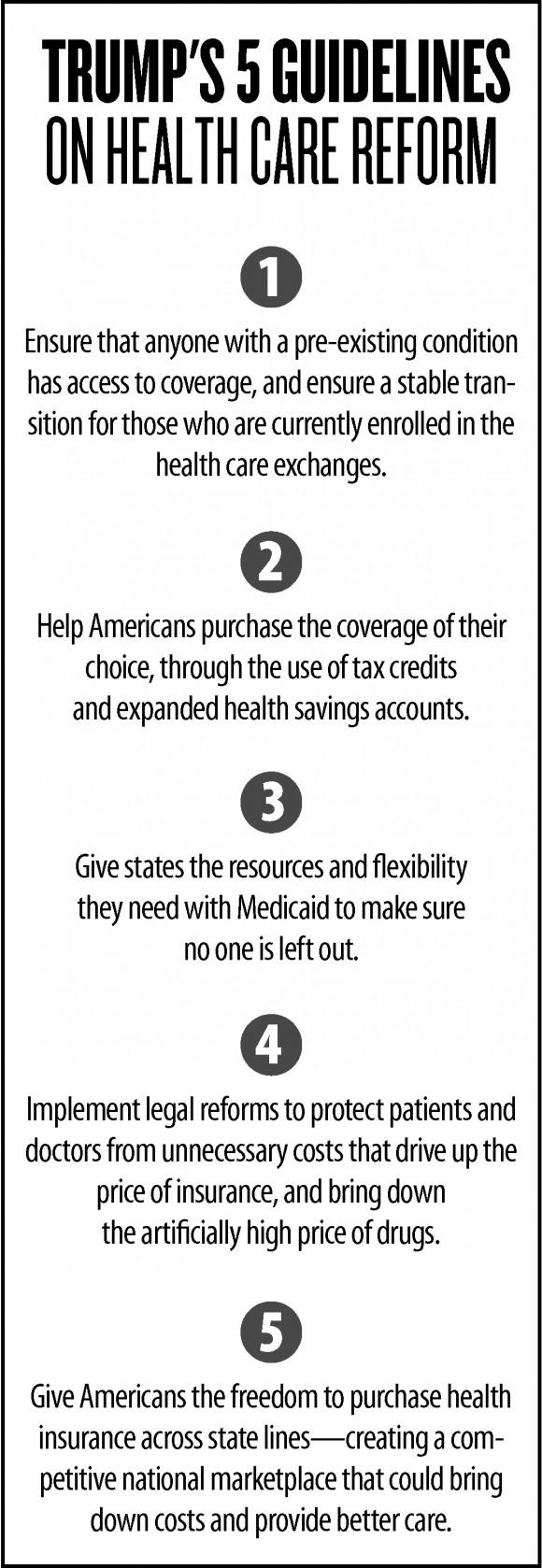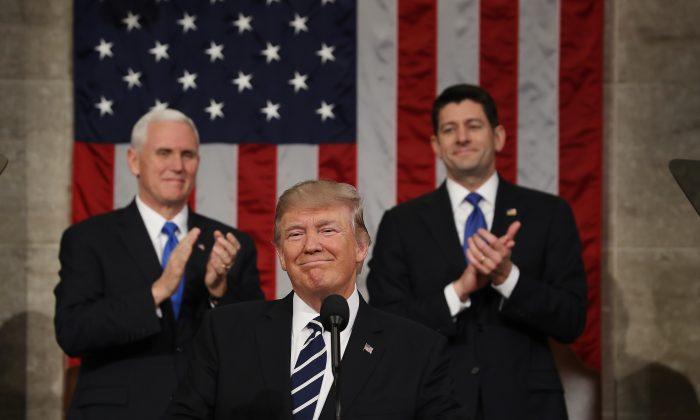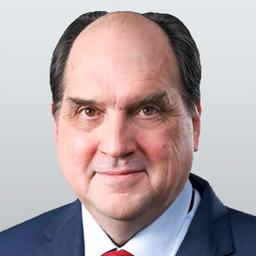In President Donald Trump’s wide-ranging address to a joint session of Congress on Feb. 28, he presented principles for repealing and replacing the Affordable Care Act, also known as Obamacare. In doing so, Trump has made a bid to break a deadlock in his own party on how to move forward with health insurance reform.
Principles
In his speech, Trump laid out five principles for health care reform.First, patients with pre-existing conditions should be able to have health care, and there should be a “stable transition” process for those currently receiving insurance through Obamacare onto whatever replaces it.
These measures address two of the great anxieties that have been voiced in town halls around the country: that those with pre-existing conditions might not be able to afford life-saving insurance if Obamacare is changed, and that changes to Obamacare could abruptly cause people to lose their insurance.
Second, Trump proposed providing tax credits and health savings accounts to people so that they could purchase the insurance they want, not a plan forced on them by the government.
Health savings accounts have been fixtures in conservative Republican health care proposals, but the House Freedom Caucus has objected to funding health insurance with tax credits. Tax credits are criticized as replacing one form of entitlement—a subsidy for health insurance—with another form of entitlement. However, Speaker of the House Paul Ryan’s (R-Wis.) plan relies on tax credits.
Third, Trump proposes giving governors “the resources and flexibility they need with Medicaid to make sure no one is left out.” Another fixture in conservative plans has been to give block grants for Medicaid to the states. The states are given a fixed budget and authority to run the program, with the expectation that they will do a better job than the federal government. What requirements specifically are placed on the states depend on the plan that is adopted.
Fourth, Trump called for legal reform and for bringing down the prices of drugs.

Independent of the debate over Obamacare, Republicans have for decades called for tort reform, with the expectation that reducing malpractice awards would have the benefit of lowering the cost of practicing medicine, which would then lower the cost to the patient.
Fifth, Trump called for Americans to be able to purchase insurance across state lines, another standard reform in conservative plans. By creating a national market for health insurance, which is currently sold at the state level, Trump said that costs will go down and the standard of care will go up.
Death Spiral
Before laying out his five principles, Trump recounted how Obamacare is “collapsing,” and said, “Action is not a choice—it is a necessity.”On Feb. 14, Kentucky-based insurer Humana announced it was pulling out of Obamacare’s exchanges for 2018. It is the first major health insurance company to do so, although other companies have reduced their involvement in the exchanges.

In his speech, Trump said that one-third of the nation’s counties have only one insurer, “leaving many Americans with no choice at all.”
Politics
Increasing the pressure on the Republicans to repeal and replace Obamacare are the political consequences of doing nothing.In every election since Obamacare was passed in 2010, the Republicans have run on the promise that they would repeal the health care law with market-based alternatives. That promise energized voters who delivered the House of Representatives to Republicans in 2010 and the Senate in 2014.
With the Republicans now controlling the presidency and both houses, voters will feel there are no excuses left for not following through on the promise to end Obamacare. A failure to do so could greatly weaken the Republicans’ electoral chances in 2018.
The challenge facing Trump and the congressional leadership is to bring the Republicans to a consensus on health care, and then to gain enough Democratic votes to pass a law.
A detailed plan based on Trump’s principles would not completely satisfy the conservative Freedom Caucus or the small group of senators who want states to have the option of keeping Obamacare. But such a plan may provide a framework for compromise among the various Republican groups.
If the Republicans bring all 52 of their senators together behind a plan, they will need the votes of eight Democratic senators for the plan to become law. Passage in the House by a unified Republican Party can be assumed, but to escape being blocked by a filibuster in the Senate, 60 votes will be needed.
Trump began and ended his remarks on health care with appeals to Republicans and Democrats to work together for the good of the country.
Senate Minority Leader Chuck Schumer (D-N.Y.) has said the Democrats will not cooperate with Trump. If he can hold his caucus together, then the Republicans will be left helpless, unable to provide a replacement for exchanges that may collapse.
But the shape of the 2018 elections will complicate Schumer’s planned resistance: 25 Democratic seats are up for reelection, and 10 of those are in states Trump carried.
A vote against replacing Obamacare will be a difficult one for senators in red states who may have to face Trump campaigning against them, telling voters their Democratic senator is the reason Obamacare has not been replaced.
In his speech, Trump appeared optimistic that things would work out. Immediately after discussing health care reform, he said, “Everything that is broken in our country can be fixed.”





